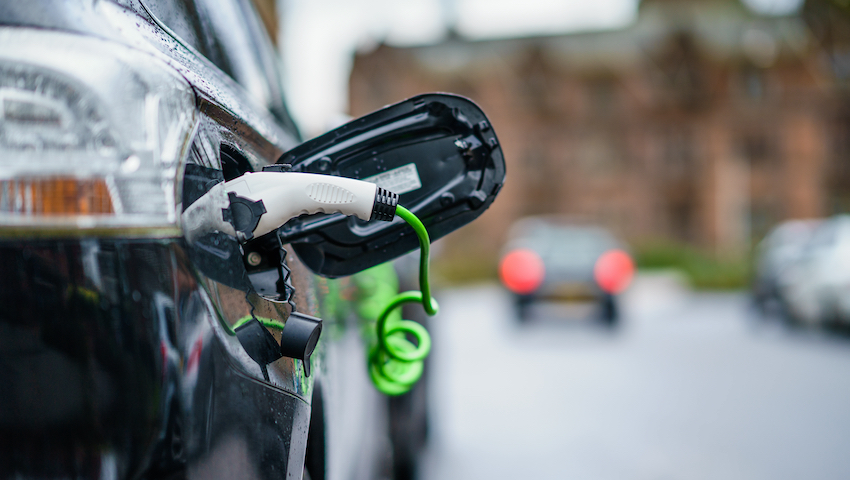
Study finds BEVs have 70% smaller CO2 footprint than ICE vehicles
Battery electric vehicles already have a 70% smaller CO2 footprint than conventionally powered vehicles, according to the International Council on Clean Transportation (ICCT).
A new study published by the ICCT found that BEVs already have a better greenhouse gas emissions record than conventionally powered vehicles in Europe, but also in China, India and the USA.
It adds that by 2030, that emissions advantage will increase further. The study also looked at the compact car class over its entire lifetime to take into account the emissions from the production of the vehicles and batteries.
The study found that, with an electric compact car, greenhouse gas emissions in Europe are already 66% to 69% lower than for comparable new petrol vehicles. The mileage was assumed to be 234,000 kilometres, which would be covered with only one battery.
Researchers also assumed that the electricity mix will steadily improve, due to EU requirements to expand renewable energy solutions. With this in mind, the study found that, by 2030, an electric compact car will have an emissions advantage of about 74% to 77% compared to a petrol car – instead of the 66% to 69% with today’s electricity mix.
Based on the USA’s supply chains and electricity mix, the emissions advantage of the electric car is already 60% to 68% today. For China, with its high share of coal-fired power, the ICCT has calculated a saving of 37% to 45%, and for India, 19% to 34%. The biggest factor in all regions is the energy needed to operate the vehicles, with the ICCT reporting that the CO2 emissions for battery production, vehicle production and maintenance over the vehicle’s lifetime are much smaller factors.
Rachel Muncrief, deputy director at the ICCT, commented: “The basic conclusions of our study are ultimately similar for all regions, despite differences in vehicle and electricity mix.
“Already today, battery vehicles have lower greenhouse gas emissions than conventional petrol and diesel vehicles. This is also true for countries with a high share of coal-fired power, such as China and India.”